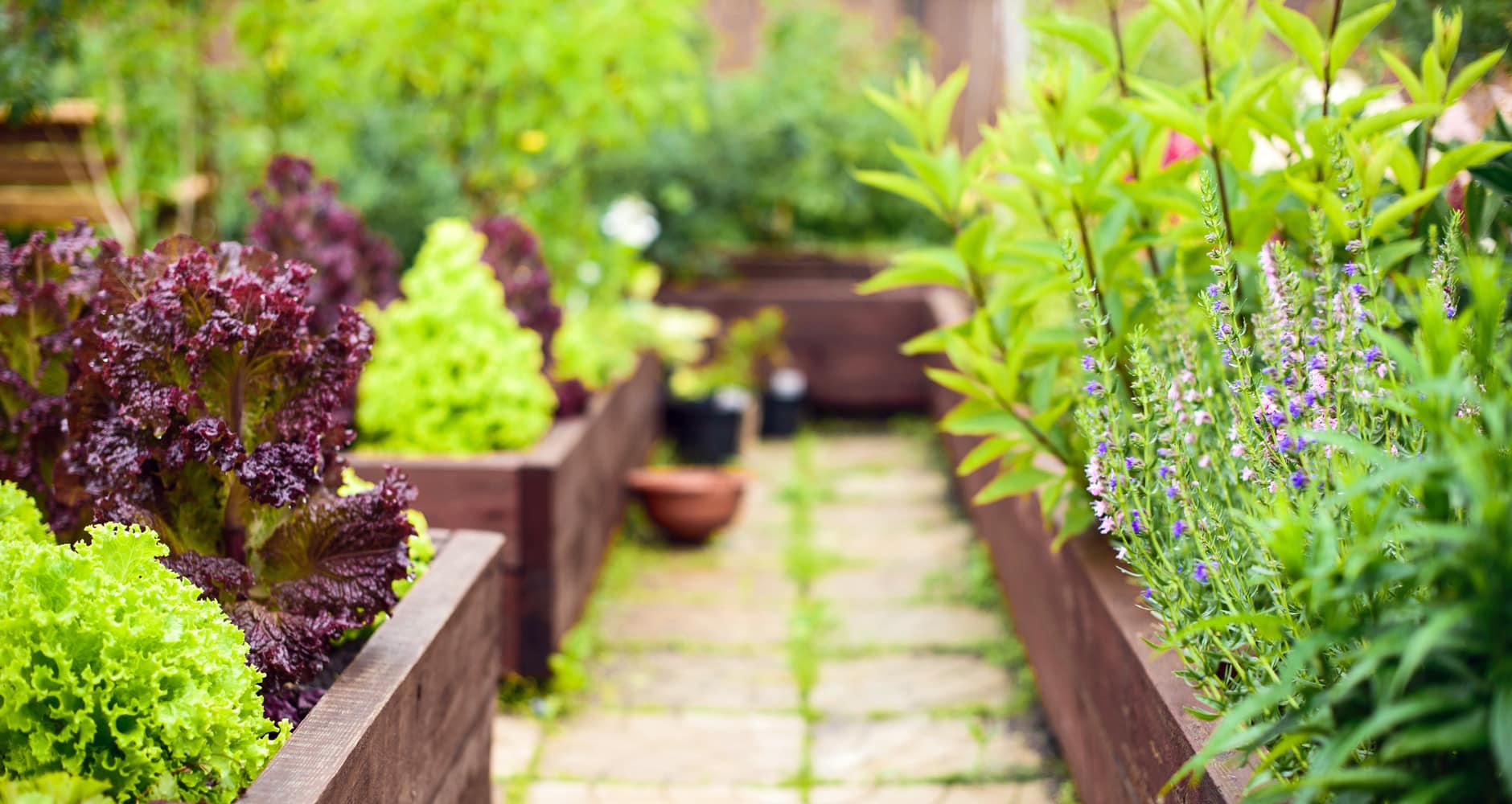How to Start a Raised Bed Garden: Easy Steps for a Thriving DIY Garden

Imagine transforming a patch of your backyard into a lush, productive oasis bursting with vibrant vegetables and flowers. Sounds like a dream, right? Well, it's entirely achievable with a raised bed garden. This method of gardening is like giving your plants a luxurious penthouse suite, complete with perfect soil, excellent drainage, and easy access for tending. So, are you ready to roll up your sleeves and create your own little Eden? Let's dive into how to start a raised bed garden with these easy, step-by-step instructions.
Why Choose a Raised Bed Garden?
Before we get our hands dirty, let's explore why raised beds are a fantastic choice. They offer superior soil preparation control, prevent soil compaction, and make it easier to maintain your garden. Plus, raised beds warm up faster in spring, giving you a head start on the growing season. Convinced yet? Great! Let's get started.
Building Raised Beds: A DIY Garden Guide
Gather Your Materials
First things first, you'll need some basic materials. Grab some untreated wood (cedar or composite are great choices), screws or bolts, a drill, and landscape fabric. The size of your raised bed is up to you, but a popular choice is 4 feet by 8 feet, as it allows easy access to all your plants.

Choose the Perfect Location
Picking the right spot for your raised bed garden is crucial. Look for a place that gets at least 6-8 hours of sunlight daily. Also, consider proximity to a water source—you don't want to lug watering cans across your yard every day.
Assemble Your Raised Bed
Time to put your DIY skills to the test. Cut your wood to the desired lengths and assemble the frame using screws or bolts. Ensure the corners are square and the frame is sturdy. Line the bottom with landscape fabric to prevent weeds from invading your garden.
Soil Preparation: The Foundation of Success
Select the Right Soil Mix
The beauty of raised bed gardening is that you control the soil. Aim for a mix of topsoil, compost, and potting soil. This combination provides excellent drainage and nutrients for your plants. Avoid using soil from your yard, as it may contain weeds or pests.
Fill Your Raised Bed
Once your frame is in place, fill it with your soil mix. Make sure to fill it to the top, as the soil will settle over time. Now, your raised bed is ready for planting!
Planning Your Garden Layout
Square Foot Gardening: Maximize Your Space
Square foot gardening is a brilliant method for raised beds. Divide your bed into 1-foot squares and plant each square with a different crop. This technique maximizes space and makes it easy to rotate crops.
Companion Planting: Harmony in the Garden
Consider companion planting to create a harmonious ecosystem. Some plants thrive together, while others don't play well. For example, tomatoes love basil, but hate potatoes. Research companion planting to create the perfect plant community.
Planting and Maintaining Your Raised Bed Garden
Plant with Care
Follow the seed packet instructions for planting depth and spacing. Water your seeds gently, and keep the soil consistently moist until they germinate. Once your plants are established, water them deeply once or twice a week, depending on rainfall.
Mulch for Success
Add a layer of organic mulch around your plants to retain moisture, suppress weeds, and regulate soil temperature. Straw, wood chips, or shredded leaves work well.

Fertilize and Protect
Feed your plants with a balanced organic fertilizer every few weeks. Keep an eye out for pests and diseases, and treat them promptly with organic or chemical solutions as needed.
Conclusion: Your Raised Bed Garden Awaits
Starting a raised bed garden is like embarking on a rewarding journey. You've planned, built, and nurtured your garden from the ground up. Now, it's time to reap the benefits—literally! Enjoy the fresh produce, beautiful flowers, and sense of accomplishment that comes with growing your own garden.
Remember, gardening is a learning process. Don't be discouraged by setbacks. Each season brings new insights and opportunities to improve. So, what are you waiting for? Grab your gloves, and let's get growing!
FAQs
What is the best depth for a raised bed garden?
- A depth of 12-24 inches is ideal for most plants. This depth provides ample room for root growth and good drainage.
Can I use pressure-treated wood for my raised bed?
- It's best to avoid pressure-treated wood, as the chemicals used can leach into the soil and potentially harm your plants. Opt for untreated cedar or composite materials instead.
How often should I water my raised bed garden?
- Watering frequency depends on factors like weather, soil type, and plant needs. Aim to water deeply once or twice a week, ensuring the soil is moist but not waterlogged.
What can I plant in a shady raised bed?
- Shade-loving plants like lettuce, spinach, and many herbs thrive in partial shade. Research shade-tolerant plants to find the best fit for your garden.
How do I extend the growing season in my raised bed garden?
- Use row covers, cold frames, or hoop houses to protect your plants from frost and extend the growing season. Choosing cold-hardy varieties can also help you enjoy fresh produce longer.
Happy gardening!
0 Response to "How to Start a Raised Bed Garden: Easy Steps for a Thriving DIY Garden"
Post a Comment